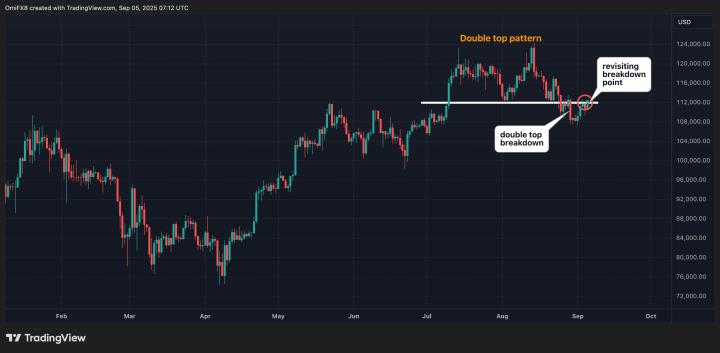
Stripe, a US fintech company, has partnered with cryptocurrency venture capital firm Paradigm to launch Tempo, a Layer 1 blockchain optimized for payments. This marks a full-fledged entry into the global payments infrastructure market.
Tempo, currently running on a private testnet, is designed with a focus on real-world payments. Stripe co-founder Patrick Collison emphasized, "Tempo will support on-chain payments, global settlements, remittances, micropayments, tokenized deposits, and even AI-based payments," emphasizing it as "a payments-focused Layer 1 that supports real-world financial services."
Global partnerships including OpenAI and Deutsche Bank
Tempo operates as an independent legal entity, with Stripe and Paradigm participating as early investors. It is already collaborating with major companies such as OpenAI, Antropic, Deutsche Bank, DoorDash, NuBank, Revolut, and Shopify. With payments as its core function, Tempo plans to actively expand its real-world blockchain application cases.
“As stablecoins become more widespread, a payment infrastructure to support them is essential,” said Matt Huang, co-founder of Paradigm. “Tempo is a next-generation blockchain that combines global payment know-how with cryptocurrency expertise.”
Expected synergies with the Bridge and Freebee acquisition
Stripe acquired stablecoin infrastructure company Bridge for $1.1 billion in October of last year, and wallet service provider Privy in June of this year. The Tempo project is expected to rapidly expand the on-chain payment ecosystem through synergies with these assets.
The Payment Blockchain War Begins in Full Swing
The emergence of Tempo demonstrates that blockchain-based payments are more than just a technological experiment; they represent a next-generation market into which global fintech companies are directly entering. Unlike existing virtual asset payments, which were largely speculative, the potential for them to establish themselves as infrastructure linked to real-world finance has increased.
As global financial and IT companies join the Tempo ecosystem, competition in the future payment blockchain is expected to expand into a full-scale confrontation between existing card networks and digital asset networks.








